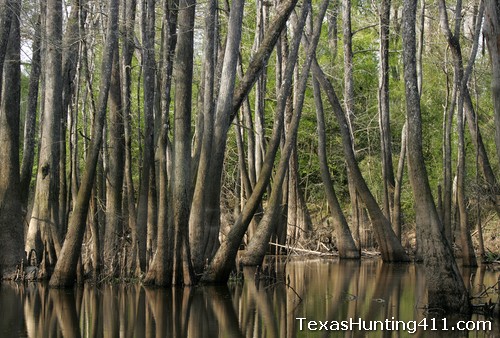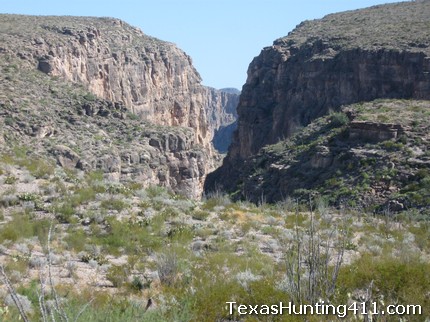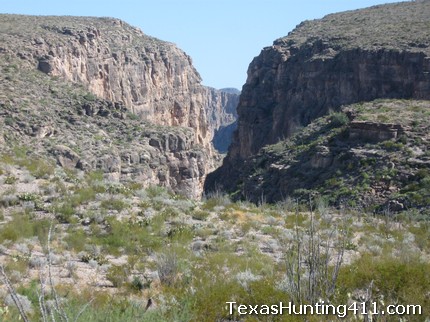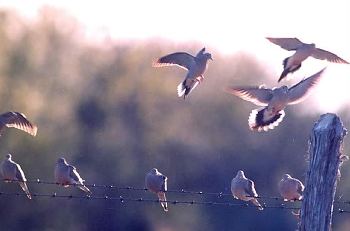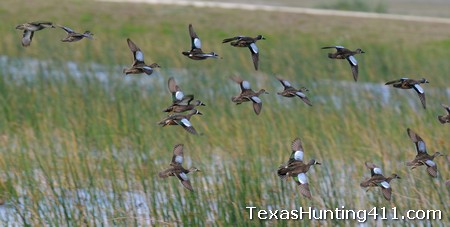While biologist located in the northern states and Canada are reporting record waterfowl production, Texas has little to offer these winged-migrants this fall. And the winter is not looking very bright either. But even with no rain in sight, habitat management should be on every duck hunters mind. There are several management practices that can be implemented that can help produce duck foods and put birds in your bag.
While it is dry, consider disking to improve conditions to favor future production of smartweeds or millets, both of which are excellent waterfowl foods. Properties will flooded stands of smartweeds and millets will also have outstanding duck hunting. Disking is typically needed about every 3 to 5 years to promote and maintain these annual seed-producing plants for waterfowl and helps reduce the numbers of many undesirable perennial plants.
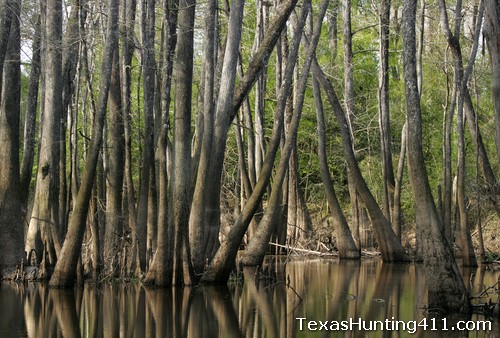
Shredding is another habitat management practice often needed on an annual basis to control wetland growth and nuisance vegetation like green ash, black willow, Chinese tallow, and cocklebur. These species are not favored by waterfowl. By the way, you will need approved aquatic herbicides to control particularly hard to kill woody species like black willow and tallow. That’s because these woody species will sprout back from the roots, so shredding or disking them does not eliminate them.
Additionally, duck hunters may need to consider herbicide treatment of undesirable perennial herbaceous plants, such as soft stem bulrush or maidencane, if they take up too much surface area in your wetlands, then this can actually decrease the value of the waterfowl habitat of your duck hunting area. Cockleburs and some other undesirables can easily be killed with a glyphosate herbicide.
If you are unsure of the species of plants you have growing in your wetland, don’t do anything until you have identified them. You may think they are bad, but they may be good seed producers or important for the duck habitat on your property. There are several good sources to use to identify your plants. And the Web is always a good place to look.
During the summer and fall months, clear swamps of invaded hardwoods such as maple, ash, gum and Chinese tallow trees. Also remove any brush such as buttonbush and water elm while these wetlands are dry. An excellent technique for performing this habitat management practice would be with a mulching machine followed with herbicide treatment of woody sprouts to kill the roots. If you decide to mulch, hire an operator with a large mulching machine. You will pay more per hour but your results will likely be a savings in the end. Make sure your wetland is dry first!
Forested wetlands can also be enhance with a dozer. I would encourage developing some openings within swamps that are overgrown. Do not clear out all the brush and hardwoods, but rather create some sizable openings, leaving a mosaic of waterfowl habitat. This habitat will bring in the birds and make for some awesome duck hunting in wooded areas from Beaumont to Katy to anywhere in East Texas. This clearing will also promote the growth of seed producing plants that waterfowl consume.
I have seen great results from increased production of smartweeds from such dozer clearing. In addition, millet and barnyard grass seed can also be broadcast into the wetland to provide additional food for migrating birds. Wetland habitat management for migrating waterfowl is a great way to get more ducks on your property. And more ducks means better duck hunting for you. It’s difficult to carry out these management practices when it may not rain this fall in Texas, but even if it does not your wetland will be ready for next year.
